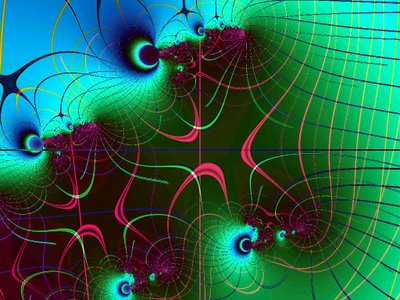 Review Part Two: The Silent Language (Edward T. Hall:1959,1981)
Review Part Two: The Silent Language (Edward T. Hall:1959,1981)Chapter Four of this text considers the concept of major triads of culture from the perspective of the unconscious, and Hall begins with a review of Freud's systematic analysis of human behaviour, acts rather than words, symbols, patterns, and symbolisms in terms of significance and indentity. However Hall quickly points out that Freud represented an incomplete analysis or pattern of research relevance simply because he never came up with a real theory of communication.
In the contemporary world Freud's research is hard to follow-up mainly because he believed the unconscious to be unknowable, thus few would support actively engaging in Freudian analysis and research today, just as at the time other psychologists like Harry Stack Sullivan found it equally useless. However, Sullivan stated clearly that the unconsicious self is unknowable or unrevealed only to the individual who seeks to sublimate aspects of self. Thus supposedly trained observers might make (and do make) significant progress in analyzing such dynamisms and behaviour patterns.
As Freud and Sullivan built upon anthropological research, so too Traeger and Hall built a theory based on expanding the meanings of their general areas of research in terms of culture. In terms of time, they posited that there are actually three kinds: formal, informal, and technical time. That these three then interact on a situational, and behaviour-based complexity unique in each and every culture on earth is posited. Thus each time format implicates the ten primary message systems, particularly exemplified in learning, awareness, affects, and attitudes towards change. It is in the process of change itself, dynamic cultural change, that Hall begins in observing the theories of Theodosius Dobzhansky useful in formenting an overall thesis of cultural change dependent upon similar variables to his theories on life itself. Namely that life came about not merely through chance or directed design but through the dynamic interactions of living substances themselves. Ditto for culture.
Similarly, culture in a changing environment requires adaptions which change constantly, such as survival or destruction, consisting of a core of behaviour patterns which are formal in nature but which are surrounded by informal adaptations, and variable rates of changes which can cause individual anxieties. Hall posits that the growth of analytical psychology in the cultural consciousness of western nations is a good example of how research and learning can become formally like a new religion with rigid precepts, dogmas, and mixed results.
However Hall quickly points out that individual influences upon cultural normatives exist mostly in the informal range and that real cultural change takes place in the realms of out-of-awareness formats where all changes as those in life may start.
Chapter Five: Culture is Communication
In this chapter Hall examines the symbolizations and communication of life which he describes as being a spectrum of various frequencies. That significant messages require little or no communication, but that individual relatedness, and knowledge of personalities takes far longer than brief introductions or short term events and situations. He presents a communication systems theory consisting of three parts:
- Over-all structure (Like a telephone network but more complex)
- Components (like the pieces of the network)
- Message (Carried over the network)
Messages are then broken into:
- Sets (Like words)
- Isolates (Like sounds)
- Patterns (Like grammar or syntax)

No comments:
Post a Comment